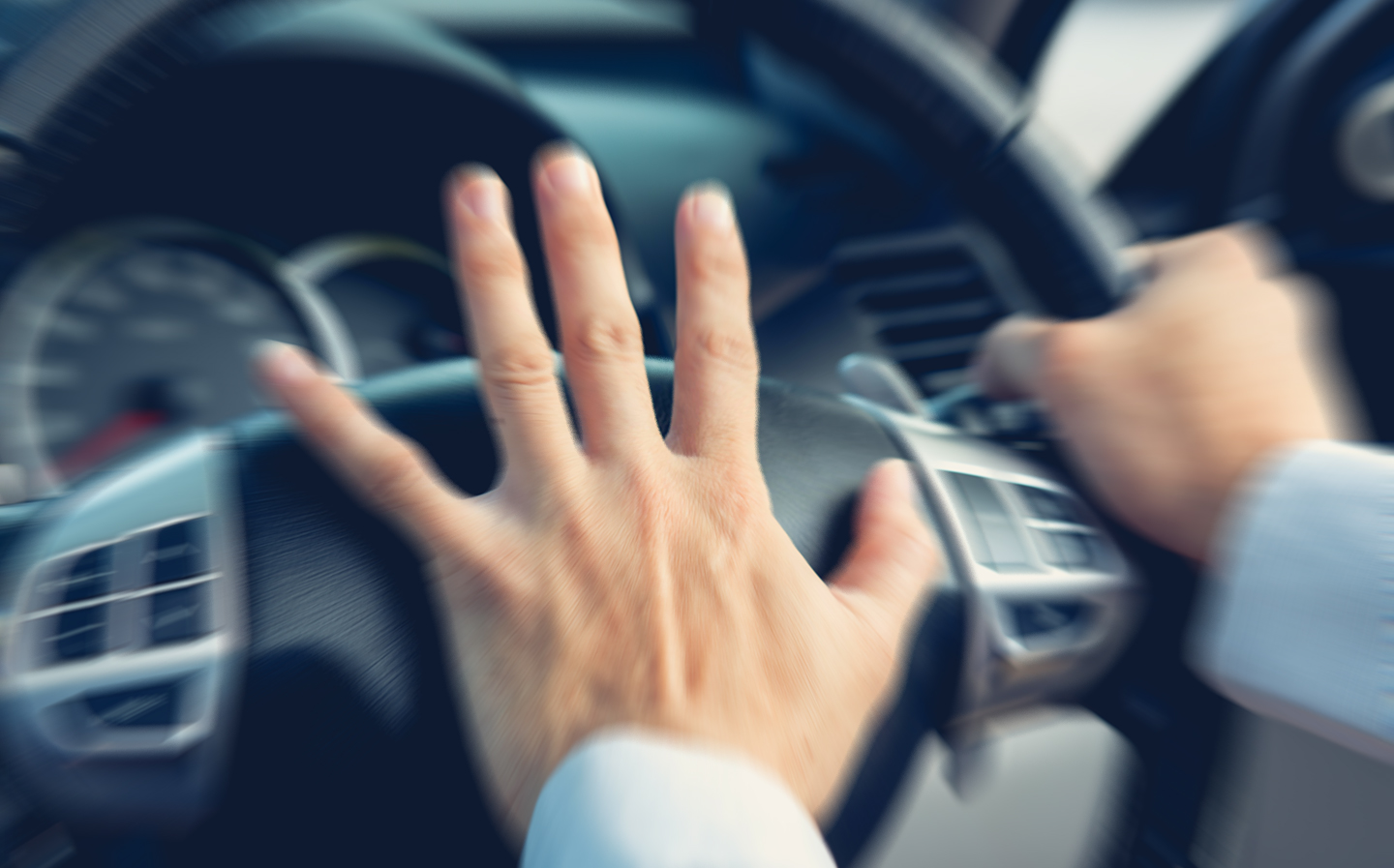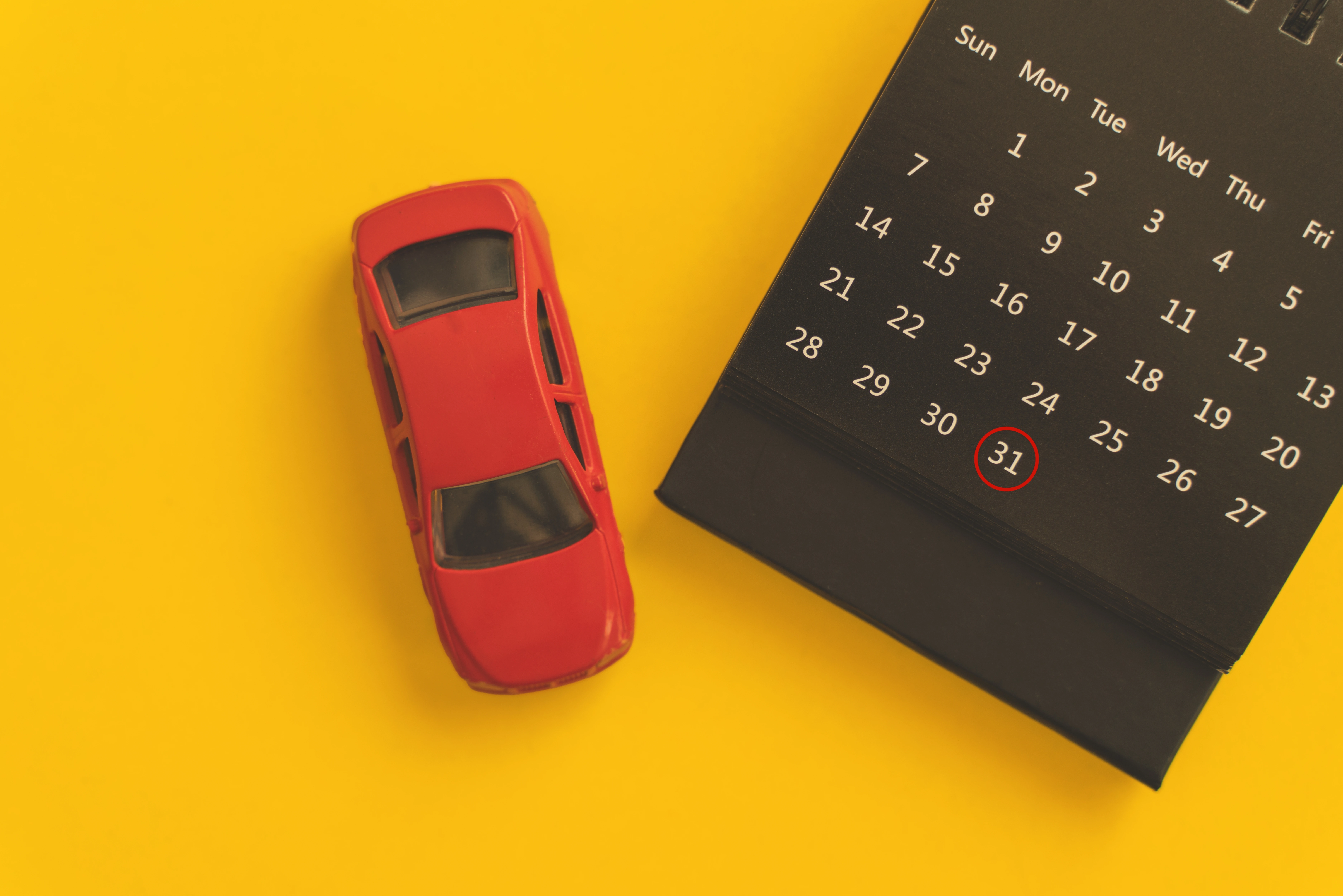Many motorists, if they’re honest, would admit to getting angry on occasions behind the wheel.
But why is it that individual drivers can react in different ways to incidents which are almost identical? Why on earth would you respond calmly in the morning if somebody cuts you up, but end up fuming if the same thing happens at teatime? Often, the answer is stress.
According to insurer Hastings Direct, nearly one in five drivers’ experiences raised stress levels, which can lead people to react angrily.
There are so many stress triggers it’s almost stressful to think about them.
Some people get anxious while performing manoeuvres like reverse parking which can cause other drivers to wait. This can make the parking driver flustered, stressed, and as result less measured in their actions than they would usually be.
Driving in rush hour traffic is another potential stress trigger. Driving on a new route is another. The “helpful advice” of a passenger can start to wind up a motorist, causing stress. The “helpful” conflicting advice of more than one passenger can be even worse.
The insurance company suggests that, as your stress levels rise, the risk of you becoming short-tempered increases and it becomes more likely that your driving will suffer. It follows, then, that staying calm and stress-free is important to the safety of yourself and everybody around you.
There are measures which may help. They include planning your route well in advance, factoring in any planned roadworks and giving time for unexpected holdups. Keep your mobile phone out of the way, too.

Try to get a good night’s sleep before a long journey and take regular breaks. If it’s feasible, consider using your local Park and Ride to avoid rush hour traffic. If there’s no official Park and Ride, maybe find an on-street spot outside of the city centre and get a bus or tram the rest of the way.
There are in-car techniques to reduce stress, too. Try completing five to 10 of these calming breathing exercises. Experts say the best technique is to take a deep breath through the nose, making sure that your diaphragm is engaged, and your lungs feel stretched.
Roll your shoulders to alleviate tension. Unclench and flex your jaw. Loosen your grip on the wheel. Play your favourite soothing music, and at the lights stretch your arms to ease muscle tension.
If you can reach a stress-free state, it’s much easier to raise a hand and smile: either in apology, if you’ve made a mistake yourself, or to calmly acknowledge the errors of another motorist. The last thing you need is to be so wound up that you look angry or become tempted to make angry gestures. Irrespective of who was at fault, furious gesticulations are only likely to escalate minor moments into major ones.
But however calm and stress-free you are, there may be occasions where you come into contact with a road rage driver. How should motorists react in such a situation? We’ll examine that in another blog soon.
Never miss a deal again
Sign up to our mailing list to receive the latest deals straight to your inbox!
Categories
More Articles

The Best Electric Vans For Business Leasing In The UK
Businesses are on a quest to go green so the electric van market is a rapidly increasing one, that's why we have put tog...

When Is The Best Time Of Year To Lease A Car In The UK?
Leasing offers all-year-round benefits, but there are seasonal factors which make some periods of the year a good time t...

2024's Top Leased Cars Revealed: Surprising Favourites Among UK Drivers
From hatchbacks and SUVs to luxury cars, we give the run down on the UK's top 10 lease cars from 2024.




























